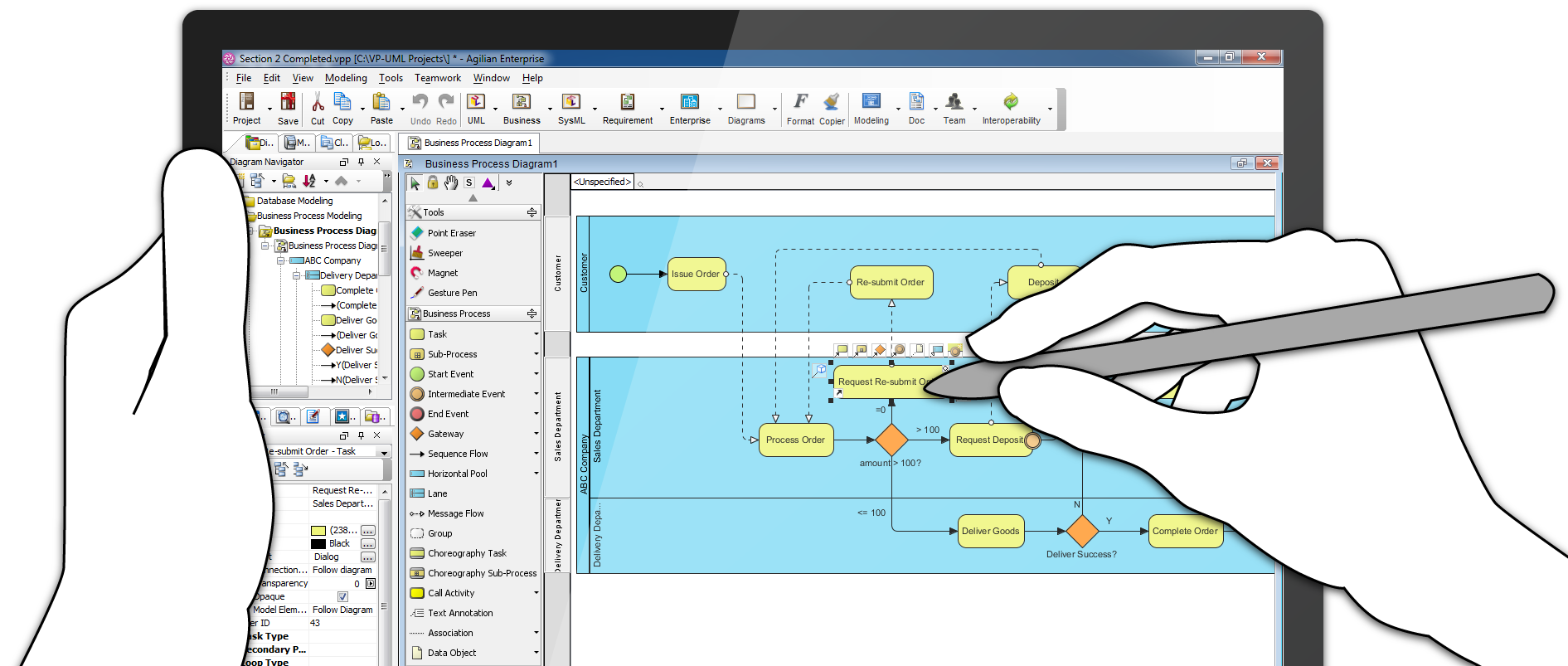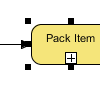How to Perform Silent Installation on Visual Paradigm’s Product (Archived for VP Suite)
Visual Paradigm’s product can be installed in few clicks. But in some situation, say bulk installation, you may not want to install the software one by one through the installer. In this case you can use the silent install mechanism to install the software automatically. This tutorial will teach you how to perform silent installation of VP’s software. Read more



 The
The  The
The  When you are modeling business processes with
When you are modeling business processes with 